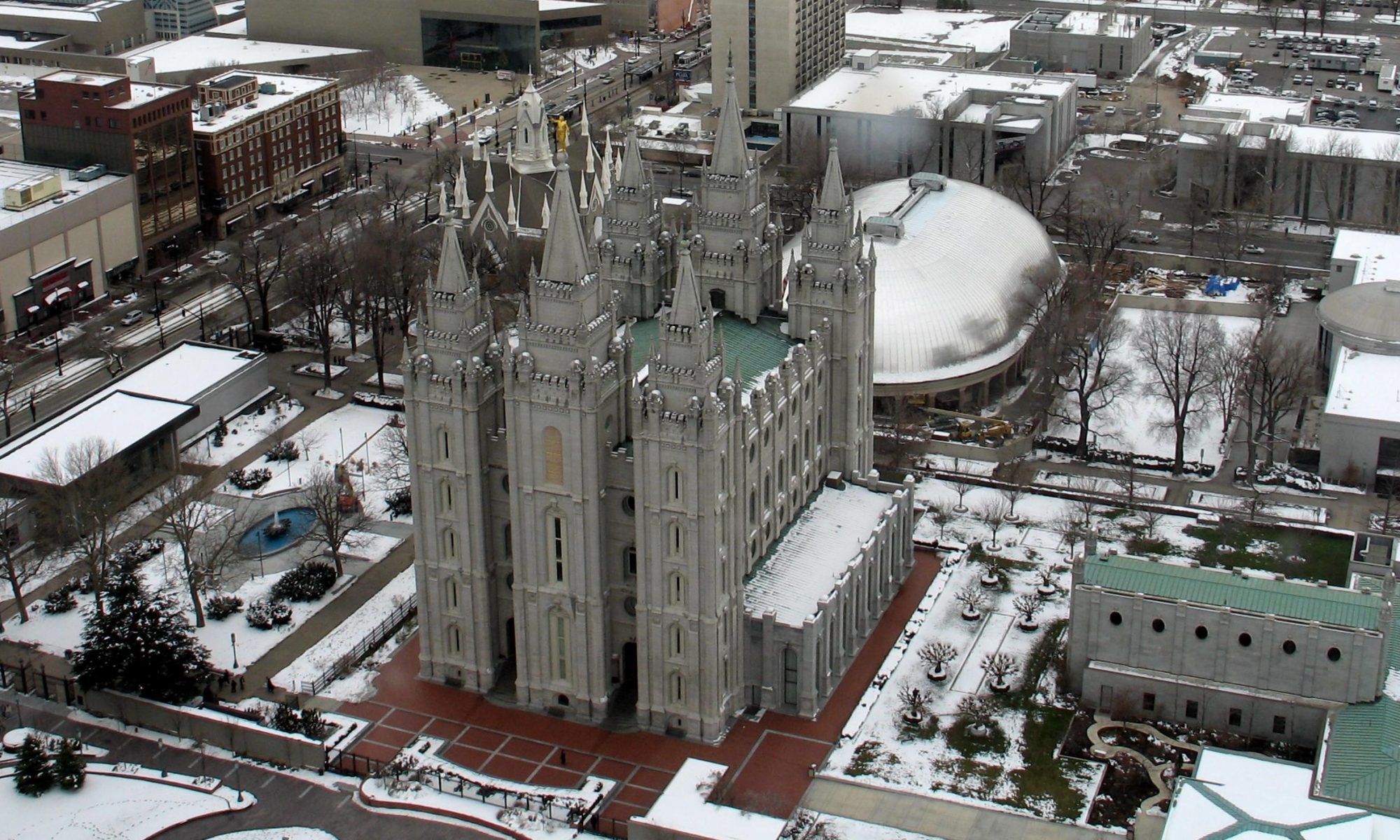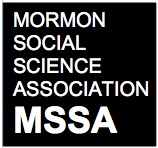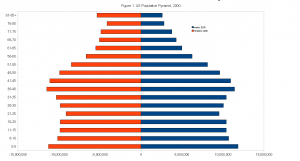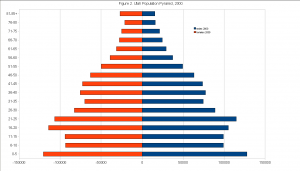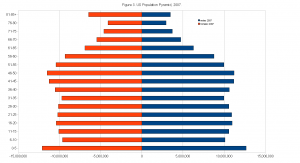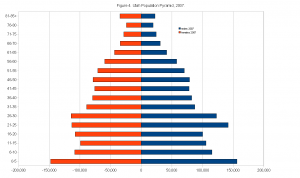Q: Much has been written about Mormons’ attitudes toward African Americans, but I’m wondering what the LDS Church’s relationship with Native Americans and Central/South Americans has been. These people are generally considered to be Book of Mormon peoples–does that belief affect members’ perceptions of them and indigenous American Mormons’ perception of themselves? I find this to be an important question, as these peoples are becoming a greater share of the LDS membership.
A: Below are the responses from various members of the MSSA. I think you’ll find them very helpful:
Armand Mauss rightly noted that he has, quite literally, written THE book on this:
In all immodesty, I would say that anyone interested in this topic would do well to start with Chapters 3, 4, and 5 of my All Abraham’s Children: Changing Mormon Conceptions of Race and Lineage (U. of Illinois Press, 2003). From there, one could check out the citations in those chapters to the various relevant articles in the bibliography of the book. These chapters are all about changing LDS perceptions and policies toward Lamanites, both in North America and in Latin America. Beyond that, there are books from both FARMS and Signature (on opposite sides ideologically) that get into this issue, and even some Dialogue articles.
Jan Shipps recommended that you speak with Quincy Newell in Religious Studies at the University of Wyoming, who responded as well and said that the best place to start would be with Armand Mauss’s book – so three experts believe All Abraham’s Children is the best place for you to start your investigations.
Another expert on this question, David Knowlton, offered the following suggestions:
On the native American issue I recommend Thomas Murphy’s dissertation at the University of Washington, anthropology. Jordan Haug presented on this topic at the SSSR in Louisville. He Has excellent material on this topic. On Latin America, Josue Sanchez has an excellent critical essay on the trope of Lamanites among Latin American Mormons. He is reachable through the ASPMS list. Eduardo Pagan has similarly written on the issue I believe. Orlando Rivera is another good source.
Now on what I see–btw I am in Bolivia at the moment immersed in this reality. The idea that Bolivians are BofM peoples has a strong impact among members of the Church here, who take the notion literally. A local leader (archeologist) has written a popular book among Mormons building a relationship between the Bof M narrative and Bolivia’s archeology. His name is Hans Ralf Caspary. Just day before yesterday I was talking with a local leader about Cusco and he said that the water basins near Cusco were baptismal fonts, i.e. people locate their ideology in local archeological features. I find the politics and class basis of this kind of thinking intriguing at a time when the country has just implemented a new constitution which celebrates its indigenous past and contemporary reality. For me, much of the point of the BofM “indigenous” reality is that it gives people a claim on indigenous history and reality, while not having to carry any of the specific history or details of organic indian identities and ideologies.
The questioner, however, should contact Mexican Mormon scholars and ask them the question. I can provide addresses and names should they be interested.
Jessie Embry described some current research on this:
I am working on a manuscript I call Mormons and Navajos but I have a chapter on the Church’s relationship with Native Americans in general and a little on Central and South America. There is a belief among some scholars–myself included–that in many ways George P. Lee was right. The Church shifted its focus from the Native Americans as more people from Central and South America joined the Church and far extended the number of Native Americans joining the Church. A limited example is the shift from the Lamanite Generation at BYU which was Native American to start with to the Living Legends which includes not only Native Americans and Central and South America but also the South Pacific. That is just one example.
The oral histories that the Redd Center at BYU has done with Native Americans do see the belief that they are the Lamanites affects their perceptions of themselves. While we have interviewed Latino/a Americans, the Center (basically me) has not looked at views of Lamanites. Oops.
Scott Bosworth offered the following suggestions:
Here are some bibliographic entries on the Indian student placement program:
- Allen, James B. “The Rise and Decline of the LDS Indian Student Placement Program, 1947-1996,” Mormons, Scripture, and the Ancient World: Studies in Honor of John L. Sorenson, ed. Davis Bitton (Provo: FARMS, 1998), 85-119.
- Chadwick, Bruce A. Stan L. Albrecht and Howard M. Bahr, “Evaluation of an Indian Student Placement Program,” Social Casework 67/9 (1986): 515-24.
- Chadwick, Bruce A. and Stan L. Albrecht, “Mormons and Indians: Beliefs, Policies, Programs and Practices,” in Contemporary Mormonism: Social Science Perspectives, ed. Tim B. Heaton and Lawrence A. Young (Urbana: University of Illinois Press, 1994), 287-309.
- Hangen, Tona. “A Place to Call Home: Studying the Indian Placement Program,” Dialogue: A Journal of Mormon Thought 30/1 (Spring 1997): 53-69.
- Morgan, Brandon. “Educating the Lamanites: A Brief History of the LDS Indian Student Placement Program.” Journal of Mormon History. 35/5 (Fall 2009):191-217.
Benjamin Pykles offered some references as well:
A quick look through a bibliography I put together many years ago came up with the following items that may or may not be relevant to the question. These are approaching the question of Mormon-Native American relationships primarily from a historical perspective, not a contemporary one, but I thought I would share them nonetheless.
- James, Rhett S. “150 Years of Mormon-Indian Relations,” Sidney B. Sperry Symposium 1980: 162-192.
- Stucki, Larry R. “Mormonism: the restorer or destroyer of the ‘true’ heritage of the American Indian?,” (paper presented at the 78th annual meeting of the American Anthropological Association, 30 November 1979, Cincinnati, Ohio).
- Whittaker, David J. “Mormons and Native Americans: A Historical and Bibliographical Introduction,” Dialogue 1985 18(4): 33-64.
Gayle Lasater had another book recommendation:
While I am not an expert, the following book may be of some help if Mr. Adams has not already encountered it:
- Farmer, Jared (2008). On Zion’s Mount: Mormons, Indians, and the American Landscape. Harvard University Press.
Melvyn Hammarberg offered this recommendation:
One of my students did an article in the distant past: Beverly P. Smaby, “The Mormons and the Indians: Conflicting Ecological Systems in the Great Basin,” American Studies 16 (Spring 1975), 35-48, which might be one place to start.
